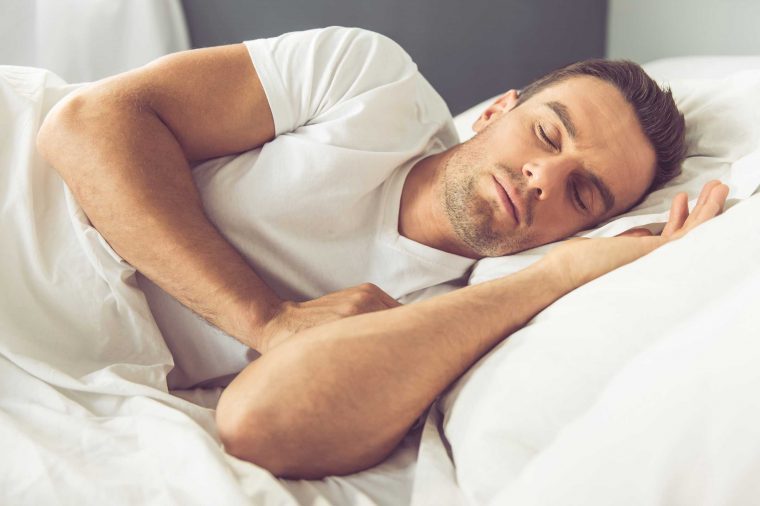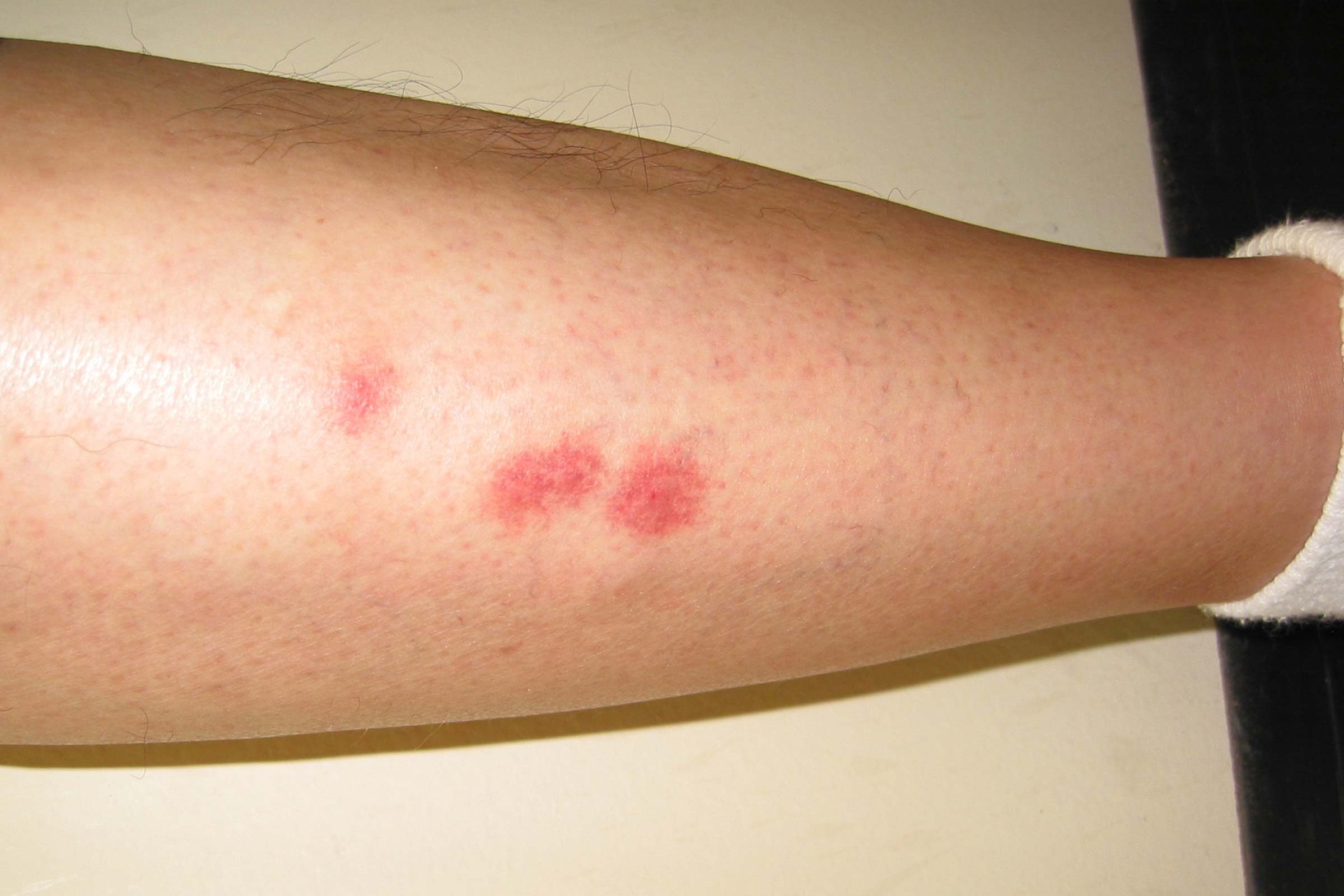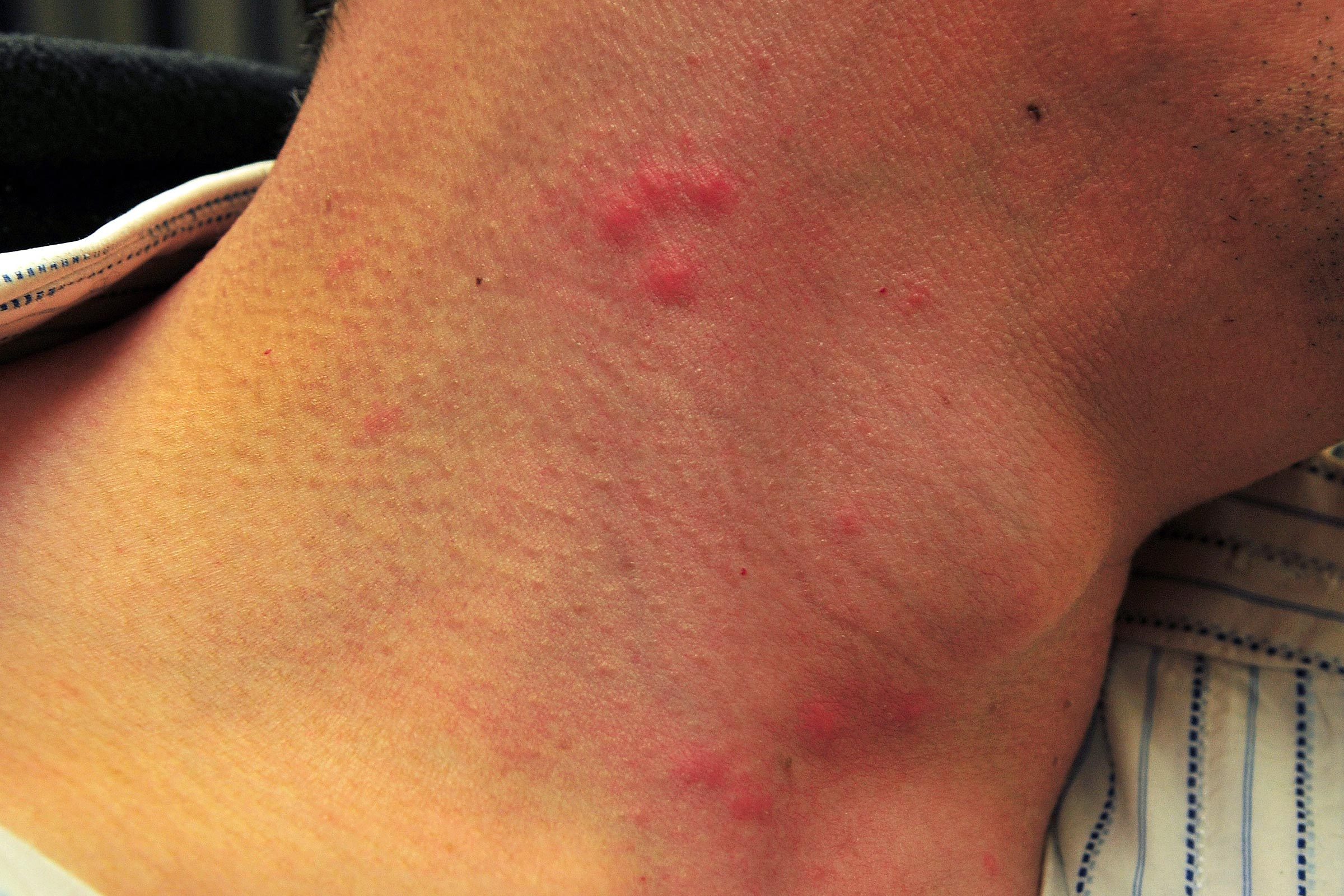
The American Cancer Society estimates that there will be 1.8 million new cancer cases diagnosed this year and 600,000 cancer deaths. Those are grim numbers, but they also indicate that two-thirds of the people who get a diagnosis will survive—and although that’s a happy event, it poses its own challenges.
- Surgery requires recovery and often leaves scars and other forms of disfigurement as well as disability.
- Chemotherapy can disrupt life for weeks or months, and cause periodic or continual fatigue, depression, crippling anemia, weight changes, hair loss, infertility, damage to the heart, neural, and circulatory systems, among others, and when the protocol is complete, requires months of recovery.
- Radiation can cause extreme fatigue and depression, damage to the skin and other organs, and demands a long recovery time. Here are 16 more things cancer patients wish you knew.
Given all the difficulties survivors face, you’ll want to be cognizant of their feelings and needs. Use these tips as a guide.
Listen to them
Even if you’ve been through cancer yourself, you can’t assume you know what your friend or family member is going through. Cancer survivors are often told what they feel, and cancer survivors can be particularly sensitive about this. A better approach is to ask them how they’re feeling and then be a good listener.
Accompany your friend on doctor visits
A cancer diagnosis can be incredibly overwhelming, and cancer treatments can cause an actual mental fogginess (“chemo brain”), but you can help by offering to accompany your friend to appointments and being the designated note-taker.
Go with them to treatment sessions
Failing to follow cancer treatment can lead to recurrence. You might think a cancer patient would be highly motivated to comply with treatment, but that’s not always the case. Sometimes, a cancer patient undergoing treatment feels too sick or exhausted to get themselves to their sessions. You can help your friend by offering to go with them. Here are 12 other ways you can be a good friend to someone undergoing chemotherapy.
Offer to drive to appointments
Accompanying your friend to treatment sessions isn’t all you can do to help. You can also offer to drive. This is also a wonderful volunteer opportunity: Organizations like Drivers for Survivors provide free transportation service for ambulatory cancer patients.
Visit
If you don’t feel comfortable going with a friend to a doctor’s appointments and treatment sessions, you can still help offer support through visits, whether they’re home or in the hospital. Just be sensitive to the possibility they might be fatigued, so plan to keep your visit as short as they need it to be.
Offer to help with household chores
Surviving cancer can mean weeks, months, and even years of difficult treatments and symptoms, and these can make chores like vacuuming, unloading the dishwasher, and cooking dinner feel like an insurmountable challenge. You can really help by offering to take some of the little things off their hands. Be specific—simply saying “let me know if there’s anything I can do to help” puts the burden on the cancer survivor to decide. Instead, say that you’d like to come over to clean the bathrooms on Wednesday—or another day that works.
Help set up a community-based plan to help your friend
Offer to create a calendar of daily chores and meal provision for your friend undergoing cancer treatment, and invite community members—members of the same church, for example, or club or school—to sign up. Be sure to clear it with the patient first, of course; not everyone wants this sort of attention. Looking for meal ideas for a cancer survivor? Check out these 11 best foods to eat during chemotherapy.
Volunteer at a meal-providing service
You don’t have to limit yourself to helping friends survive cancer. You can volunteer for charities like the Ceres Project’s Healing Meals, which provide healthy meals for people with serious illnesses.
Avoid asking about their prognosis
Believe it or not, many cancer patients don’t ask what their prognosis is because they see themselves as individuals rather than statistics. In addition, confronting a prognosis can be terrifying and yet has little upside because knowing the odds does nothing to improve them.
Don’t ask if they’re worried their cancer will come back
We can save you the trouble right now—they probably are. This is true whether or not they spend any time at all thinking about it. The possibility of cancer returning or even contracting another type is high, and cancer survivors know this.
Let them decide if they want to be known as a “survivor”
Not all cancer survivors want to wear that label. Some would prefer not to think about it at all. By the same token, some cancer survivors prefer to focus on their triumph over the illness.
Don’t assume they have advice for new patients
There are over 100 types of cancer, and within each type, there are many permutations and stages. If two people don’t have precisely the same kind of cancer, their experiences will not be comparable.
Keep from playing the blame game
Even if you think your friend’s lifestyle is to blame for their cancer—they smoked, say, or ate too much fatty food—there’s absolutely no reason to point that out. You could be wrong, anyway: Here are 28 things you always thought caused cancer but actually don’t.
Don’t expect them to stay positive
Staying positive is not a pre-requisite to cancer survival. In fact, millions of miserable, negative people survive cancer every year. And the American Cancer Society has studies that back up the notion that a positive attitude doesn’t make a difference in cancer survival. In addition, telling a cancer survivor to “stay positive” suggests that they’re somehow to blame for their disease. If you are looking for a pick-me-up, here are 29 proven mood boosters.
When donating, consider charities that support survivors
Charities that focus on awareness and finding treatments and cures can be wonderful, and donating to them can be fulfilling. But if we’re talking about helping cancer survivors, consider donating to charities that focus on improving the quality of life of cancer survivors. One example is the HERS Breast Cancer Foundation, which helps provide breast cancer survivors with post-surgical products (including breast prostheses) and services (including physical therapy), regardless of financial status.
Offer to pray for them
Whether someone believes in God or not, offering to pray for a cancer survivor is an act of kindness. And it doesn’t hurt to ask the patient if they’d like to be included in your prayers. Don’t miss these 23 ground-breaking cancer discoveries poised to make even more cancer patients into cancer survivors.
The post 17 Things You Can Do Today to Help a Cancer Survivor appeared first on Reader's Digest.
from Reader's Digest http://bit.ly/30VjJ8U
17 Things You Can Do Today to Help a Cancer Survivor Reader's Digest








 You may not need to run straight for the first Botox-filled needle at your dermatologist’s office, because a
You may not need to run straight for the first Botox-filled needle at your dermatologist’s office, because a 







 Skin aging is going to happen—but lifestyle and environmental factors can make you appear older than you are. For example, you know the sun can harm your skin, but this damage can actually age your skin’s appearance with unsightly brown patches. “As we enter our 30s, we begin to see the cumulative impact of sun damage, including sun spots,” says dermatologist Whitney Bowe, MD, author of
Skin aging is going to happen—but lifestyle and environmental factors can make you appear older than you are. For example, you know the sun can harm your skin, but this damage can actually age your skin’s appearance with unsightly brown patches. “As we enter our 30s, we begin to see the cumulative impact of sun damage, including sun spots,” says dermatologist Whitney Bowe, MD, author of 

